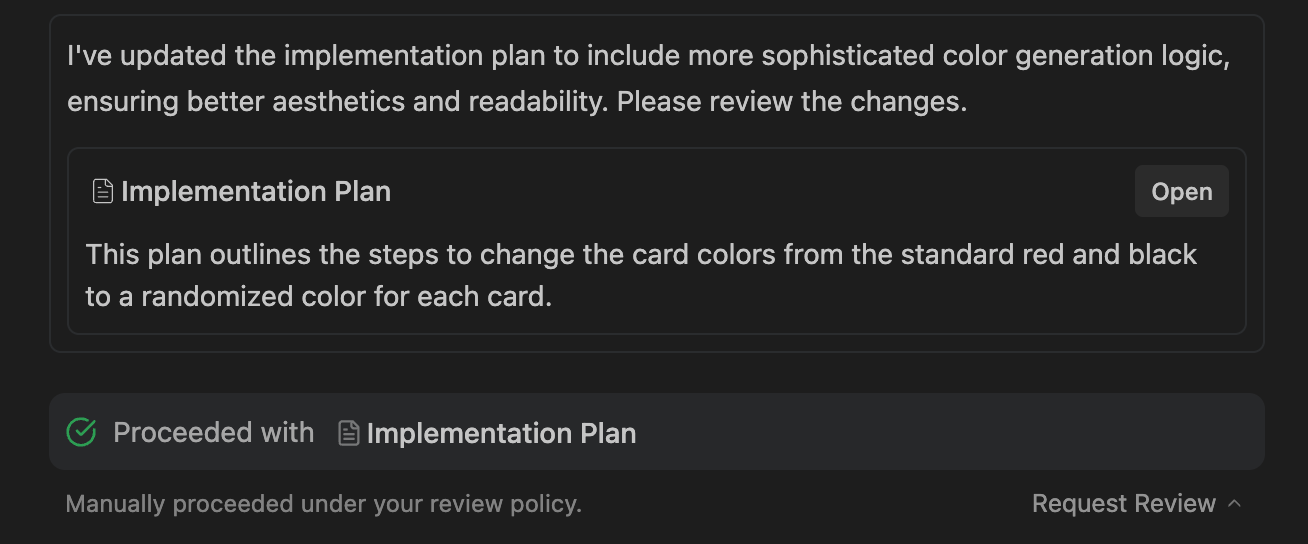
Development is lifting off. The tools of yesterday focused on helping you write code faster; the tools of tomorrow need to help you orchestrate it. Today, we’re introducing Google Antigravity, a new agentic development platform designed to help you operate at a higher, task-oriented level.
Antigravity isn't just an editor—it's a development platform that combines a familiar, AI-powered coding experience with a new agent-first interface. This allows you to deploy agents that autonomously plan, execute, and verify complex tasks across your editor, terminal, and browser.
We built Antigravity because we believe agents shouldn't just be chatbots in a sidebar; they should have their own dedicated space to work. The platform introduces two distinct ways to interact with your code:

Antigravity allows you to offload end-to-end tasks that previously required constant context switching. Here are three ways you can apply it to your daily development:

Delegating work to an agent requires trust, but scrolling through raw tool calls is tedious. Antigravity solves this by having agents generate Artifacts—tangible deliverables like task lists, implementation plans, screenshots, and browser recordings.
These Artifacts allow you to verify the agent's logic at a glance. If something looks off, you can leave feedback directly on the Artifact—similar to commenting on a doc—and the agent will incorporate your input without stopping its execution flow.
We want Antigravity to be your home base for the era of agents. It treats learning as a core primitive, allowing agents to save useful context and code snippets to a knowledge base to improve future tasks.
Google Antigravity is available today in public preview, at no cost for individuals. This cross-platform solution is compatible with MacOS, Windows, and Linux, offering model optionality with generous rate limits on Gemini 3 Pro, and full support for Anthropic's Claude Sonnet 4.5 and OpenAI's GPT-OSS.
Download at antigravity.google/download and experience liftoff.